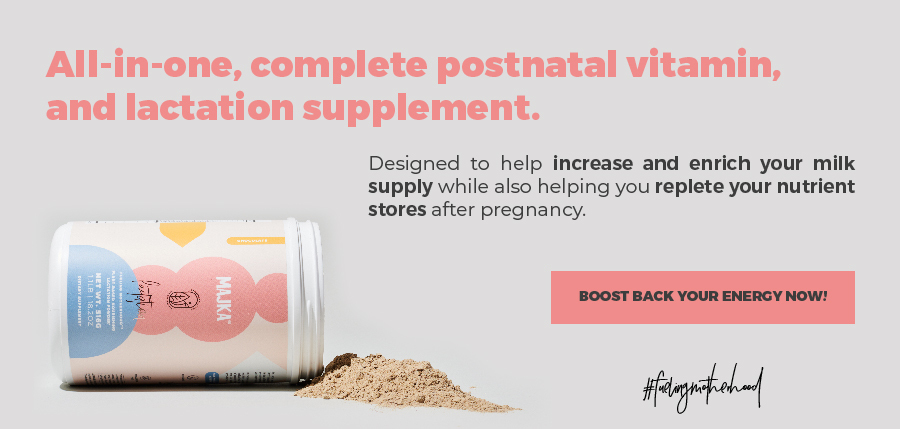
What is a VBAC?
If you’ve already had a cesarean birth (also called C-section), you may be able to have your next baby vaginally. This is called vaginal birth after cesarean (also called VBAC).
You may be able to have a VBAC if your pregnancy is healthy and the incision (cut) in your last C-section was low transverse. A low transverse or LTCS (Lower segment Caesarean section) is the most common type of incision for cesarean section. It is on the lower part of the uterus and extends from side to side.
Advantages of lower segment incision:
- Less blood loss because it is less vascular.
- Less risks of uterine rupture.
- Less subsequent adhesions to the bowel and omentum.
The lower segment transverse incision is commonly used for cesarean birth because the location of an LSCS is beneficial for the following reasons:
- Peritoneum is more loosely attached to the uterus.
- Contraction is less than in upper part of uterus.
- Healing is more efficient.
Should I continue having C-sections for future children or is VBAC safe?
VBAC isn’t safe for all women, the more C-sections one woman has had, the higher the risks of placenta previa and a condition in which the placenta becomes attached to the wall of the uterus (placenta accreta). A C-section also increases the risk of the uterus tearing along the scar line (uterine rupture) for women who attempt a vaginal delivery in a later pregnancy.
If you are able to have a VBAC, there are some benefits like needing less time to recover and not needing surgery.
Not all providers, hospitals and birthing centers offer VBAC. Talk to your provider to see if VBAC is available where you’re planning to have your baby.
What are the pros of VBAC?
Many women are candidates for vaginal birth after cesarean (VBAC). In 2013, the success rate for women in the U.S. who attempted a trial of labor after one previous cesarean was 70%.
Still, the choice to pursue VBAC or schedule a repeat C-section can be difficult. Here’s insight on how to make the decision.
Why consider VBAC?
Compared with having another C-section, a vaginal delivery involves no surgery, none of the possible complications of surgery, a shorter hospital stay and a quicker return to normal daily activities. VBAC might also be appealing if you want to experience vaginal childbirth.
It’s important to consider future pregnancies, too. If you’re planning for more pregnancies, VBAC might help you avoid the risks of multiple cesarean deliveries, such as placental problems.
What are the risks of VBAC?
While a successful VBAC is associated with fewer complications than an elective repeat C-section, a failed trial of labor after a C-section is associated with more complications, including a uterine rupture. Uterine rupture is rare, happening in less than 1% of women who attempt a trial of labor after cesarean. However, uterine rupture is life-threatening for you and your baby. During a uterine rupture, the cesarean scar on the uterus breaks open. An emergency C-section is needed to prevent life-threatening complications. Treatment might involve surgical removal of the uterus (hysterectomy). If your uterus is removed, you won’t be able to get pregnant again.
Is VBAC for me?
Your chances of having a successful VBAC are better if:
- You’ve had a vaginal birth before.
- You’ve had just one C-section in the past with a low transverse incision (also called a bikini cut).
- You and your baby are in good health during pregnancy.
- Your labor starts on its own just before or on your due date.
Your chances of having a successful VBAC are worse if:
- You have the same condition in this pregnancy that made your C-section necessary in a past pregnancy. For example, your baby has problems with his heart rate or is lying sideways in the womb.
- You’re past your due date or your labor is induced.
- You’re obese or you gained excessive weight during pregnancy. If you’re obese, you have an excess amount of body fat and your body mass index (also called BMI) is 30 or higher. To find out your BMI, go to www.cdc.gov/bmi.
- You have preeclampsia. This is a condition that can happen after the 20th week of pregnancy or right after pregnancy. It’s when a pregnant woman has high blood pressure and signs that some of her organs, like her kidneys and liver, may not be working properly. Signs of preeclampsia include having protein in the urine, changes in vision and severe headache.
- There’s less than 18 months between your last pregnancy and your current pregnancy (called a short interpregnancy interval).
- Your baby is very large.
- Your provider, hospital or birthing center isn’t prepared to handle an emergency c-section if you need one. Talk to your provider about the level of medical care that’s available in the hospital or birthing center where you plan to have your baby.
- You’re older than 35 or a race other than white.
- Some providers may not offer VBAC if you’ve had more than two past C-sections or if you are pregnant with triplets or a higher number of multiples
It’s not safe to have a VBAC if:
- You had a C-section in the past and your incision was not low transverse and instead was high vertical. A high vertical incision cuts up and down through muscles in the upper part of the uterus that strongly contract during labor. This can lead to a uterine rupture (tear in the uterine muscle).
- You had a uterine rupture in a previous pregnancy. This is when the uterus (womb) tears during labor. It happens very rarely.
- You’ve had certain types of surgery on your uterus.
- You have certain health conditions or complications during pregnancy, like diabetes, heart disease, genital herpes or placenta previa, that make a C-section necessary.
VBAC compatibility Test
VBAC eligibility depends on many factors. If you wish to know whether you are eligible for VBAC or not, answer the following questions:
- What type of uterine incision was used for the prior C-section? Most C-sections use a low transverse incision. Women who have had a low transverse or low vertical incision are usually VBAC candidates. If you’ve had a prior high vertical (classical) incision, VBAC isn’t recommended because of the risk of uterine rupture.
- Have you ever had a uterine rupture? If so, you’re not a candidate for VBAC.
- Have you had other surgeries on your uterus? If you’ve had other uterine surgeries, such as for fibroid removal, VBAC isn’t recommended due to the risk of uterine rupture.
- Have you had previous vaginal deliveries? A vaginal delivery at least once before or after your prior C-section increases the probability of a successful VBAC.
- How many C-sections have you had? Many health care providers won’t offer VBAC if you’ve had more than two prior C-sections.
- When did you last give birth? The risk of uterine rupture is higher if you attempt VBAC less than 18 months after your previous delivery.
- Do you have any health concerns that might affect a vaginal delivery? A C-section might be recommended if you have placental problems, your baby is in an abnormal position, or you’re carrying triplets or higher order multiples.
- Where will you deliver the baby? Plan to deliver at a facility equipped to handle an emergency C-section. A home delivery isn’t appropriate for VBAC.
- Will you need to be induced? Having labor induced decreases the likelihood of a successful VBAC.
If you want to know more about vaginal birth after cesarean, here are some of the sources that made this article possible:
- C-section.
- Lower-Segment Transverse Cesarean Section.
- Placenta previa
- Vaginal birth after cesarean
- Uterine Rupture
- Labor and delivery, postpartum care
Annie Rueb






